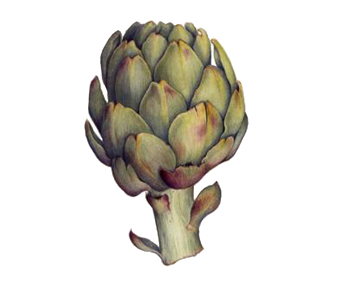Product Description
Erik Tidäng Sculptural “Artichoke” Vase, 1999


ERIK TIDÄNG (b. 1973) Stockholm, Sweden
Sculptural “Artichoke” vase 1999
Oxidized and waxed iron, silver
Marks: ERIK, 2/2
H: 11 ½”
Price: $17,500
***The only other Artichoke vase (Number 1 out of 2) is in the permanent collection of the Swedish National Museum, Stockholm.
Erik Tidäng was born in Gothenburg, Sweden in 1973. He received his Bachelor and Master of Fine Arts from the Institution for Metaldesign, Konstfack.
Erik Tidäng Sculptural “Artichoke” Vase, 1999
CZECH MODERNISM
Vase c. 1920
Creamy white glazed earthenware
Marks: Made in Cecho-Slowakia
H:10″ x W:8″ x D: 6″
Price” $2,200
JAN VAN DER VAART (1931-2000) The Netherlands
I-beam vase 1991
Matte bronze glazed stoneware
Signed: 91 VD VAART (incised)
For more information on Van der Vaart and his work see: Jan van der Vaart, Ceramics, Marjan Unger, et al. (The Netherlands: Stichting Harten Fonds, 1991); Jan van der Vaart Multipels 1967-1997, Allaard Hidding (Leeuwarden: Keramiekmuseum Het Princessehof, 1997), illus. 88, p. 88.
H: 9 1/2” x W: 10 1/8” x D: 5 1/2”
Price: $8,000
Jan van der Vaart, born in 1931, is one of the Netherlands’ best known potters. He was not only a trend-setting artist and industrial designer, he also taught an entire generation of Dutch ceramicists while teaching at the Rietveld Academie in Amsterdam (1968-1990). His work is in the collection of many Dutch museums, the Victoria & Albert Museum in London and the Museum of Modern Art in New York.
